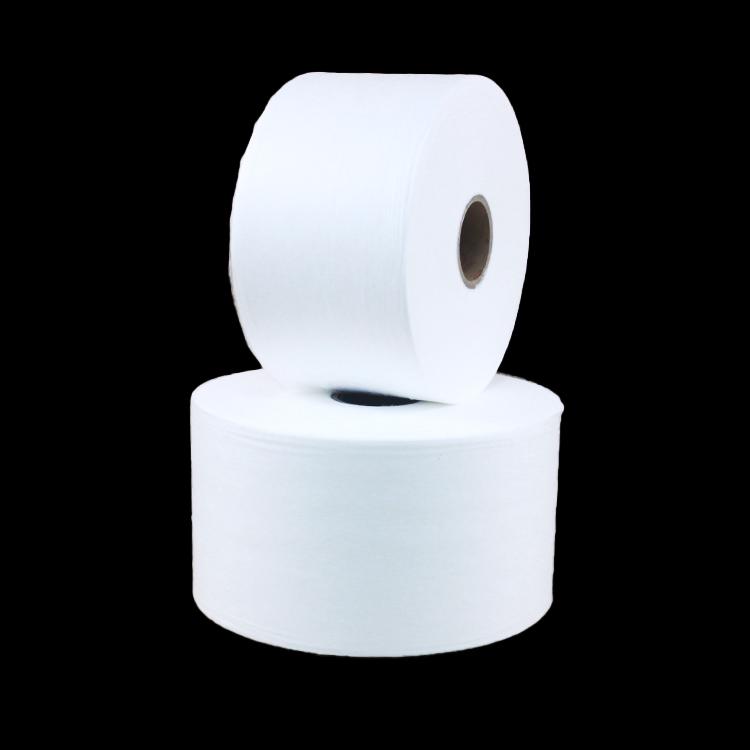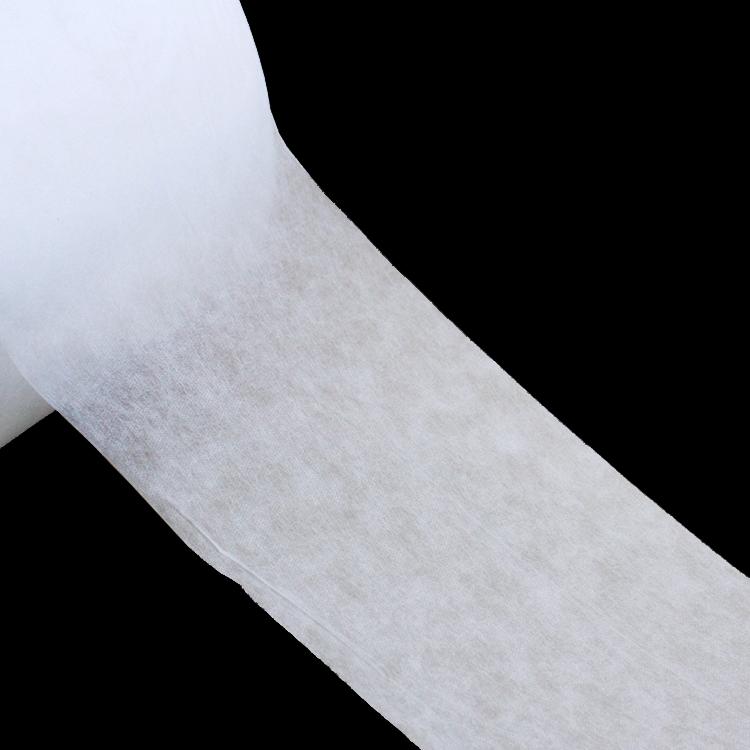A study by the Freedonia Group, which covers the U.S. personal hygiene nonwovens industry, predicts that the demand for personal hygiene spunbond material will grow at an annual rate of 1.4% through 2024, reaching At $880 million, growth has slowed due to continued weakness in baby diapers, and personal hygiene spunbond material gains now come almost entirely from growing sales of adult incontinence products, which are supported by the rapidly growing older population in the U.S. market.
That said, the growth of personal hygiene non woven fabric through 2024 will be limited by falling birth rates. It is reported that in 2019, baby diapers and pull-up pants accounted for nearly three-quarters of the demand for personal hygiene spunbond material, while the demand for baby diapers and pull-up pants will grow slowly by 2024, with a growth rate of less than 1%.
But this is an improvement from the 2014-2019 period, when the shrinking U.S. infant and toddler population brought the field to a near standstill, and 2024 as the overall population grows, The population of toddlers will also increase on average, which is conducive to the growth of pull-up pants sales, and pull-up pants are larger in size and will use more non woven fabric.
The study believes that opportunities in the personal hygiene market will come from continued product development, primarily to increase the adoption rate and market value of these products. Areas for improvement include product performance, sustainability, and aesthetics.
In terms of performance, spunbond material suppliers need to continuously develop new products to meet the unique functions and characteristics required by manufacturers and consumers of personal hygiene products, especially the improvement of absorbency, breathability, leakage resistance, and softness and The lighter mass, which allows the spunbond material to stay in close contact with the skin for longer, is also important.

In terms of sustainability, products are increasingly using sustainable spunbond materials, such as providing recyclable materials or using plant-based and biodegradable fibers as materials.
In terms of appearance, a more independent adult incontinence product with a shape closer to the underwear is required, which will become a major focus of product development.





 Email: info@whldiapernonwoven.com
Email: info@whldiapernonwoven.com MP/WhatsApp: +86-13599937366
MP/WhatsApp: +86-13599937366 Manufacturer Address:Room 1105B, Bld M1, Manhattan, Yulongwan, Shimao, Shuanglong Road, Meiling Street, Jinjiang, Fujian, China
Manufacturer Address:Room 1105B, Bld M1, Manhattan, Yulongwan, Shimao, Shuanglong Road, Meiling Street, Jinjiang, Fujian, China